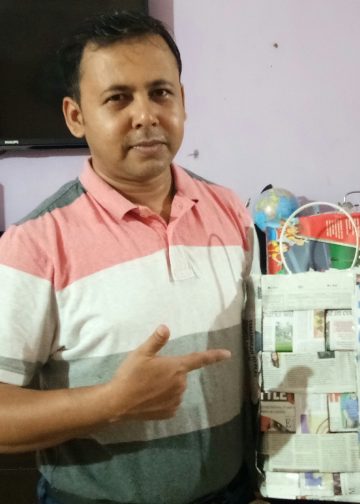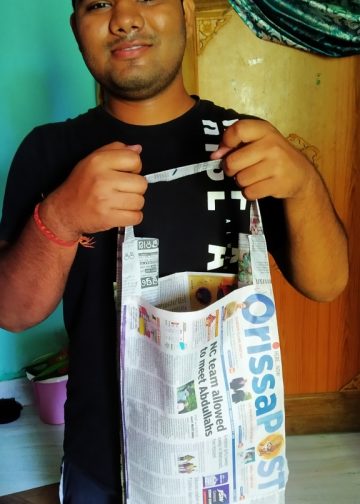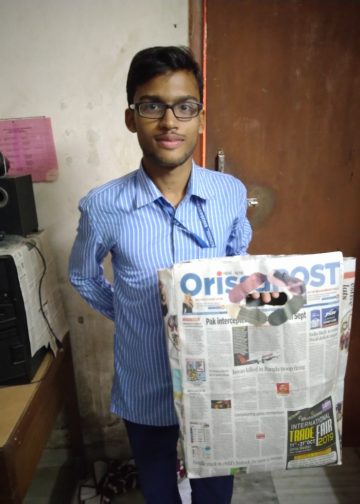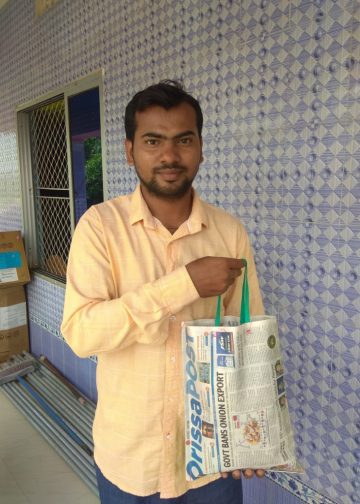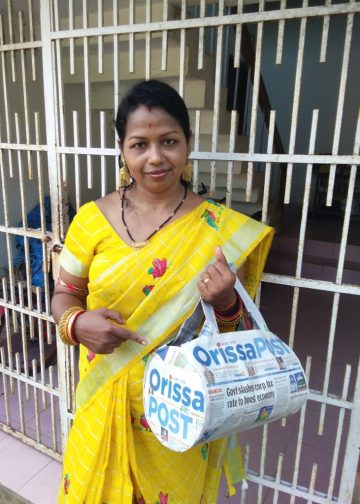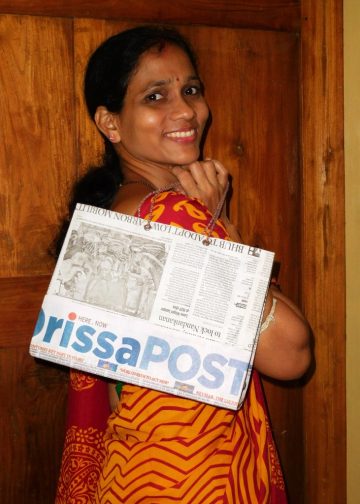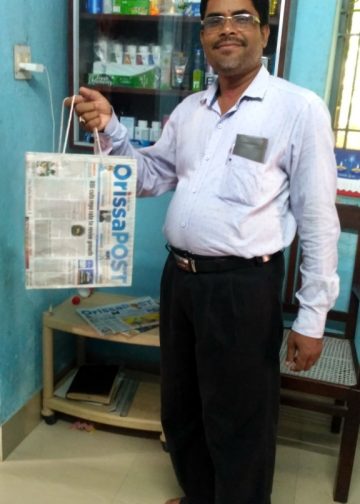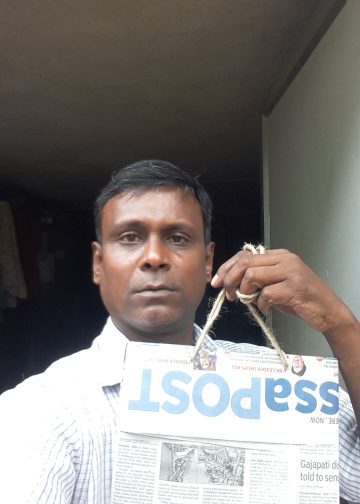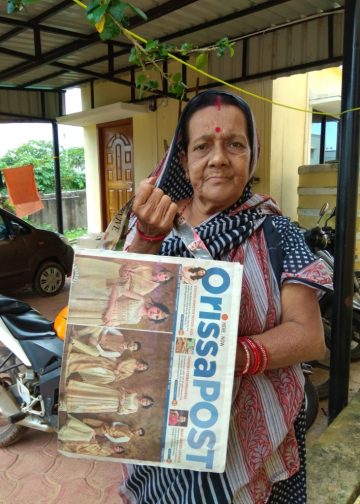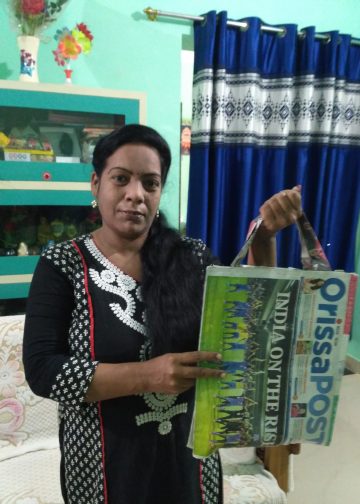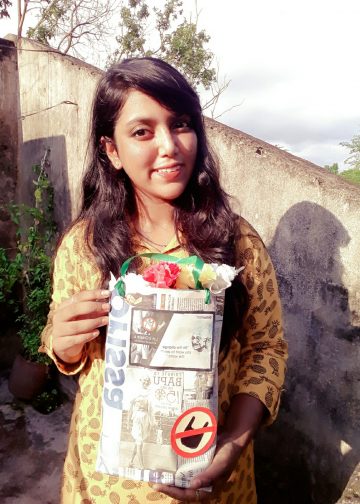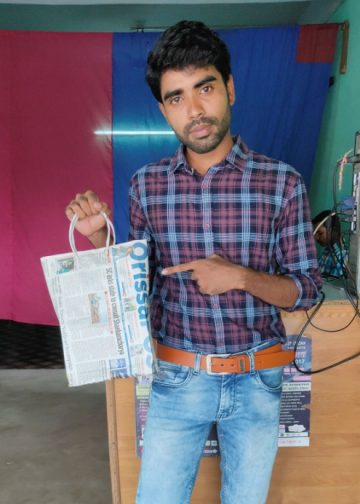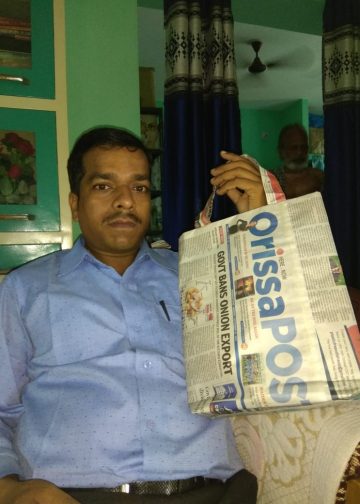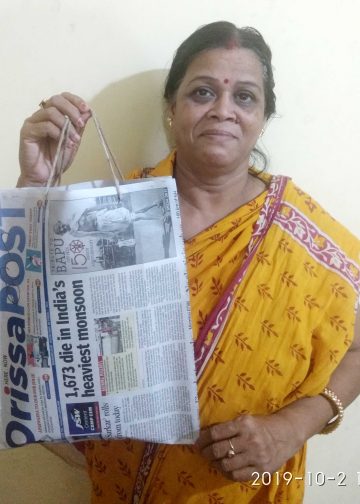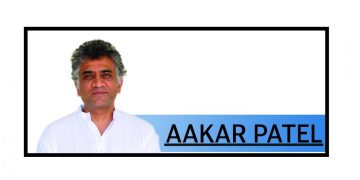Cuttack: With fast depleting water table and contamination of groundwater, several residents have been struggling for potable water.
With temperature soaring and groundwater level drastically dwindling, residents of Barang, Kantapada, Athgarh, Tigiria and Sadar areas of the district have been facing difficulties fetching drinking water. Left with dry tube wells, the parched villagers have to walk for several kilometres to collect drinking water from small pits on dry river beds and ponds on the outskirts of villages, sources said.
Though the district administration had set up drinking water project under Swajaldhara scheme a few years back, it failed to ensure water supply owing to inadequate depth of the borewell, low motor capacity for pumping water and depletion in groundwater level in the past couple of months, sources said.
The scenario is even worse in Govindpur and Sailo Jharpada under Kantapada block and Andhoti and Khalarda village under Barang block here.
“Even as Tithapada is close to river, the villagers have to walk down a few kilometres to reach Gopalpur to fetch a few buckets of water,” said villager Purnananda, adding all the 14 hand pumps in the village have become inoperative.
“While the water table drops down to an alarming four-to-six metres in summer, only a three-metre water can be rejuvenated in monsoon,” said Bijay Kumar Panigrahi, the deputy director of soil conservation here.
Although, the groundwater in the district, which currently has the pH (potential of hydrogen) of 5 to 6.8, is safe for human consumption, the residents here would soon face difficulties in finding drinking water once the ph touches 6.8 to 8.5. This apart, the current contamination rate (turbidity) of groundwater here, which varies between 0.2 and 3.8 NTU (Nephelometric Turbidity Unit), however, is following an upward trend, Panigrahi added.
“Recent studies by geologists reveal the groundwater in and around Badambadi, Khapuria, Khannagar and Kalyaninagar area have enormous deposit of contaminants. Around 88 to 678 mg of contaminants have been traced per one litre of the groundwater tested,” Panigrahi pointed out, adding although the water is suitable for consumption, it would result in multiple health complications in the long run.
Inhabitants of Badamba-Narasinghpur village have been suffering from kidney and other health complications, owing to intake of contaminated groundwater, it was alleged.
Expressing concern over the rise in groundwater contamination, Ravenshaw University Geology department professor Somnath Khawas said “The groundwater here has an enormous content of Total Dissolved Solid (TDS). Efforts must be taken to minimise the TDS and ensure adoption of water recharge techniques at the earliest.
Former director of Water and Land Management Institute (WALMI) Sanjay Kumar Samantray said “Our state lags behind in technology for conservation of rainwater. Immediate measures should be taken for rainwater conservation, water treatment and finding ways to recharge ground water.”
Although, rules require a minimum gap of 300 metres between two consecutive tube wells, there are at least 50 tube wells within a radius of 300 metre, thus further exploiting the water level, Samantray added.
Moreover, several hospitals, industries and farmland under the district discharge their untreated effluents including pesticides into pits, manholes and at times into rivers, thus contaminating the groundwater, Samantray pointed out.
Post News Network








